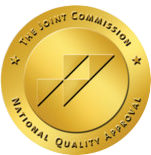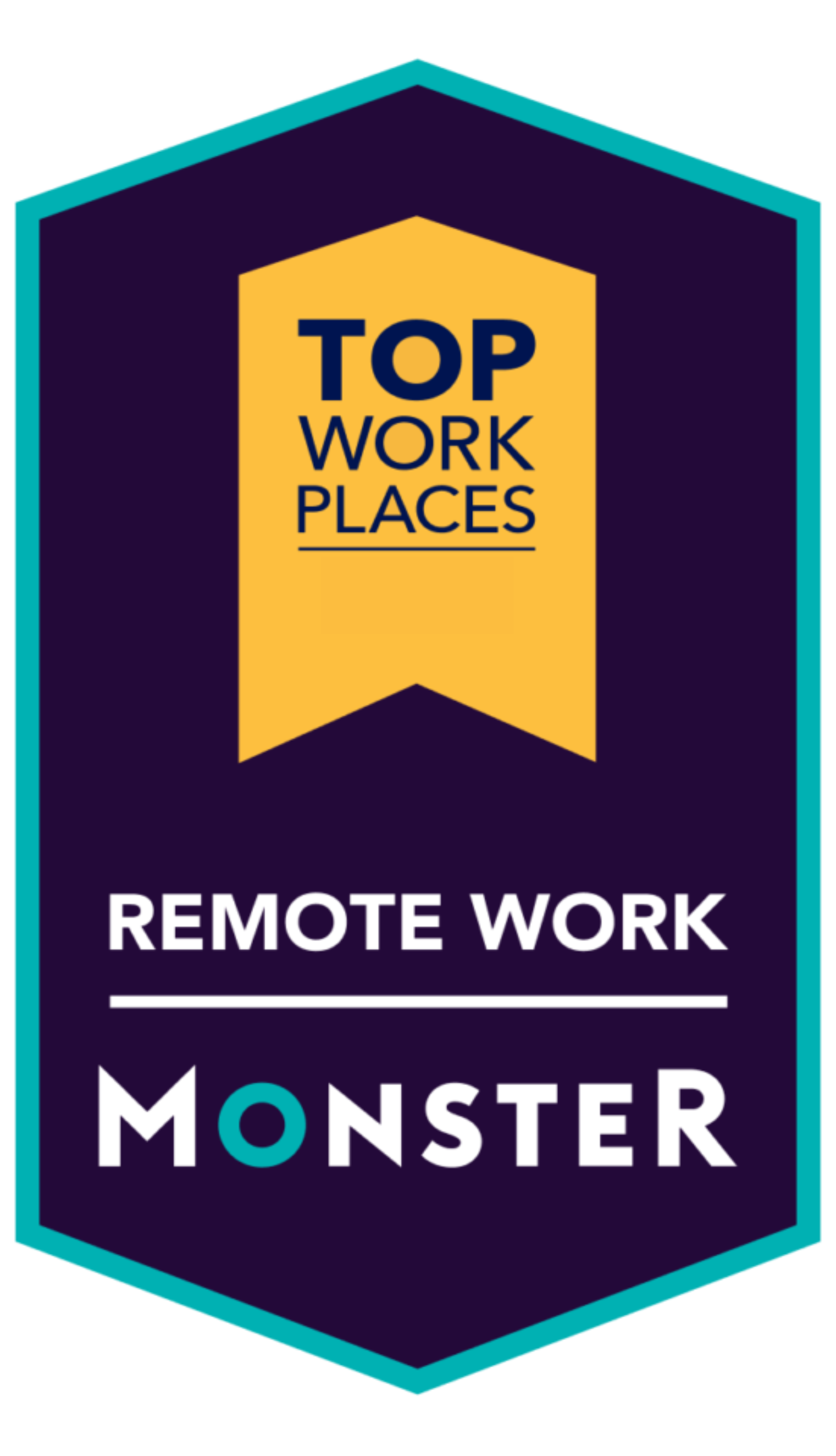Analysis shows significant opportunities for telemedicine growth as hospitals and clinics align with partners to expand reach of specialists through technology
Shortages of physician specialties, such as neurology and infectious disease, nationwide are projected to become even more significant over the next decade, confirming what physician leaders at Access TeleCare believe is one of the primary drivers of demand growth in their non-primary care telemedicine programs.
According to a new report released by the Association of American Medical Colleges, the shortage of medical specialists such as neurologists, pulmonologists, and infectious disease physicians could reach between 3,800 to 13,400 by 2034. The report attributes the shortage to several causes such as a sharp rise in the number of aging seniors, overall population growth, and a large proportion of the nation’s specialists reaching retirement age.
“When hospitals and health systems see the practice of telemedicine less as a technology solution and more as a way to advance clinical performance, they’re able to overcome some of the obstacles presented by physician shortages,” said Chris Gallagher, M.D., CEO of Access TeleCare. “When telemedicine is properly designed to integrate with a hospital’s operational processes and teams, it becomes a seamless part of the organization.”
While the COVID-19 pandemic brought new awareness to opportunities offered by telehealth technology, Access TeleCare’s growth is primarily featured in specialty acute care telemedicine. Their success is in large health systems where urban populations are large and demand is high as well as rural hospitals where it can be difficult to recruit specialists. Despite these trends and opportunities, Wall Street forecasts and projections around telehealth are weighted heavily toward considerations for value established in a pandemic setting where consumers were forced to avoid in-person clinical visits, and physicians rapidly adopted direct-to-consumer telehealth platforms. They additionally see telehealth as a technology business compared with Access TeleCare’s view and practice of the industry as a physician-based clinical network solution.
“Broader, more insightful considerations around telemedicine reveal significant growth and demand for specialty telemedicine solutions in areas where specialty demand continues to grow due to a desire to limit patient transfers and maximize revenue performance,” Gallagher said. “We’re proud of the stability we can bring in communities and their hospitals – large and small.”
The AAMC report on physician shortages is available at https://www.aamc.org/news-insights/press-releases/aamc-report-reinforces-mounting-physician-shortage.









